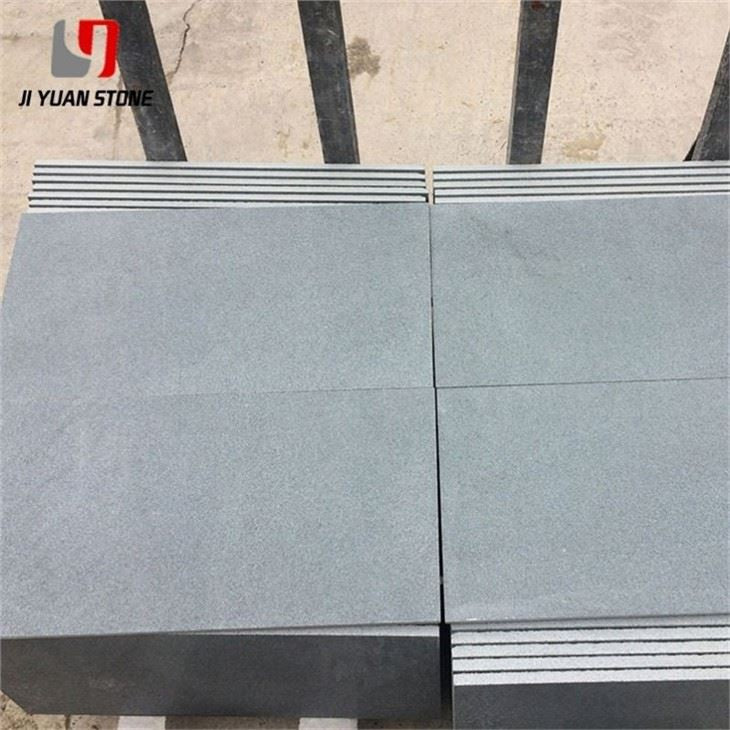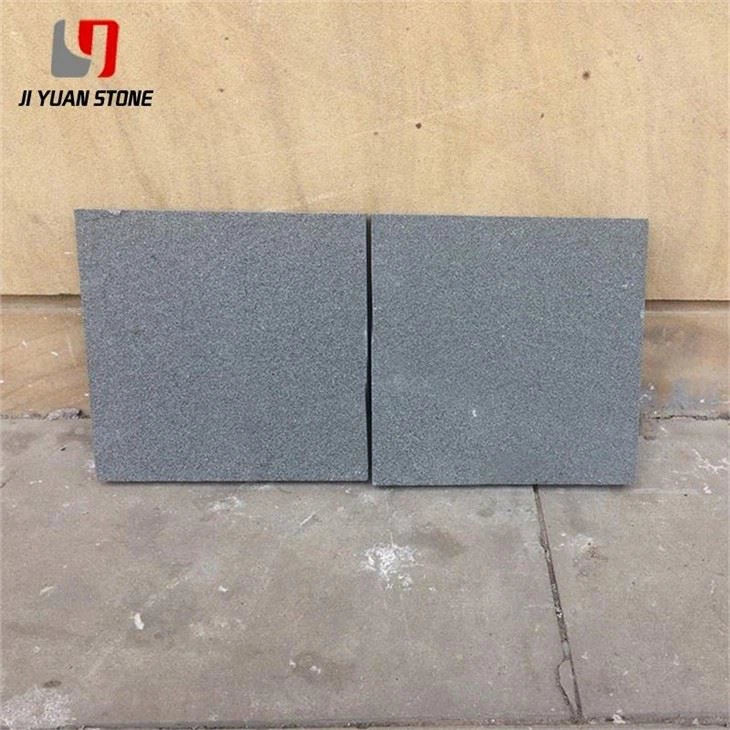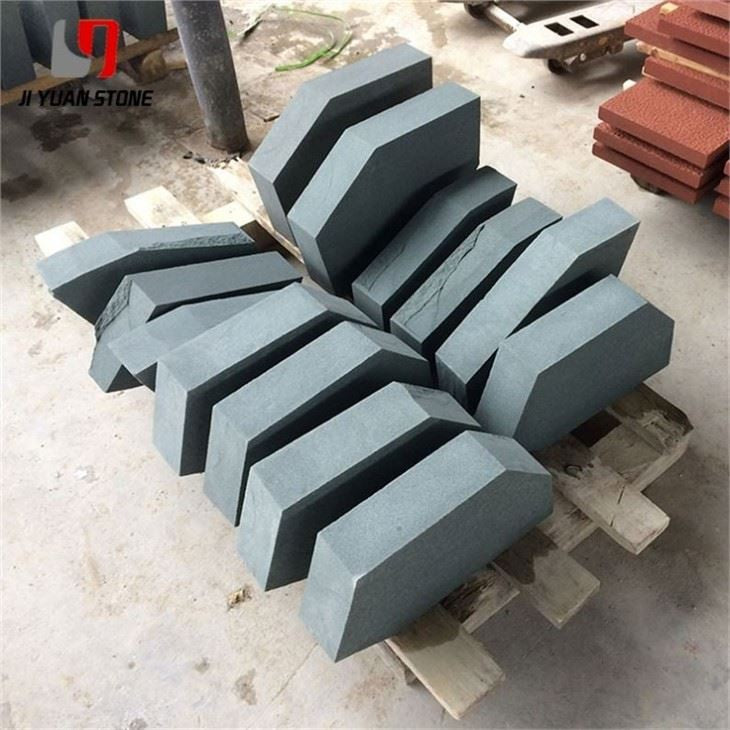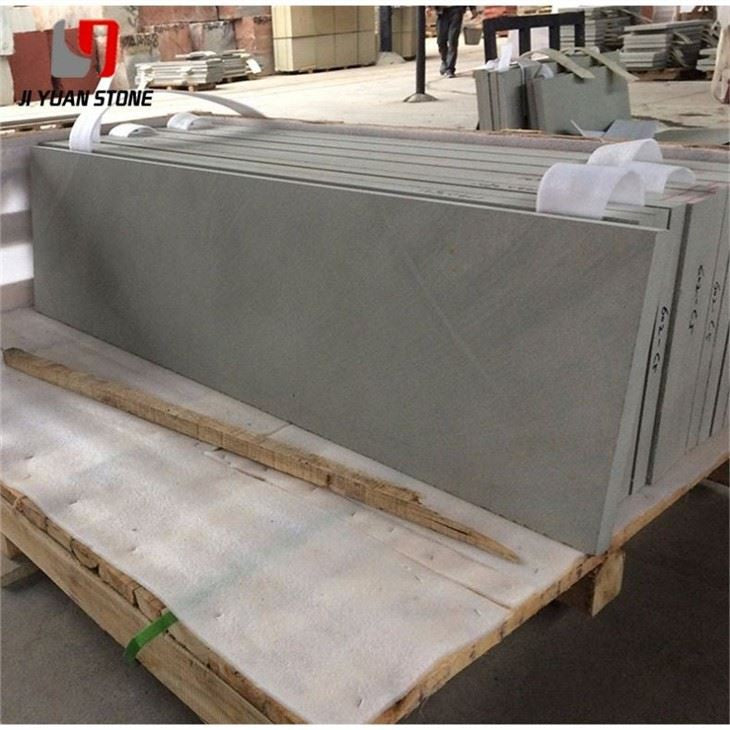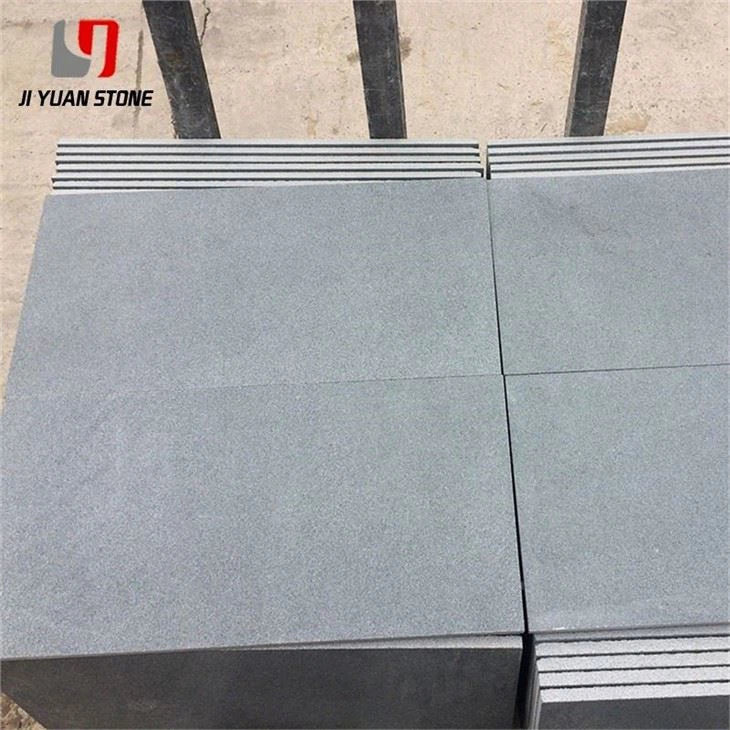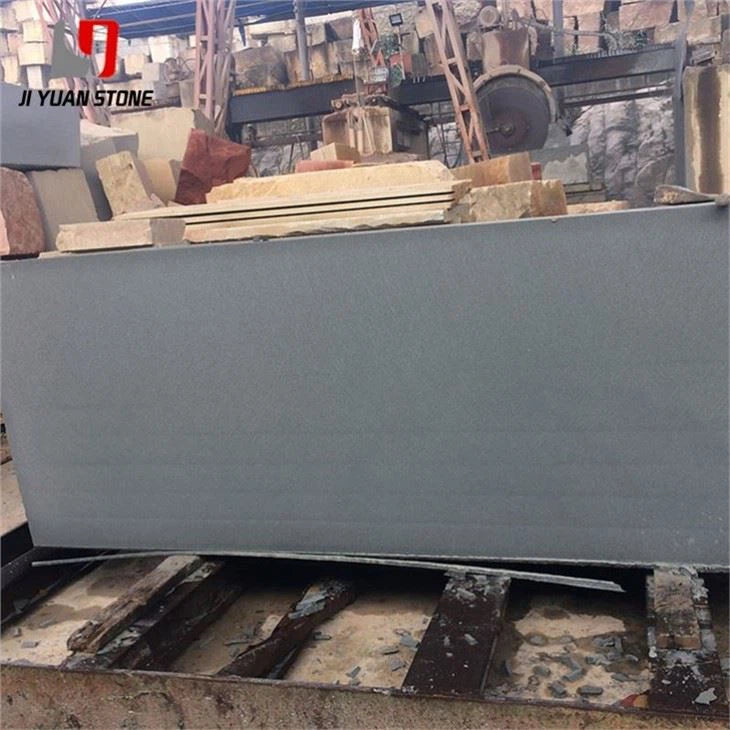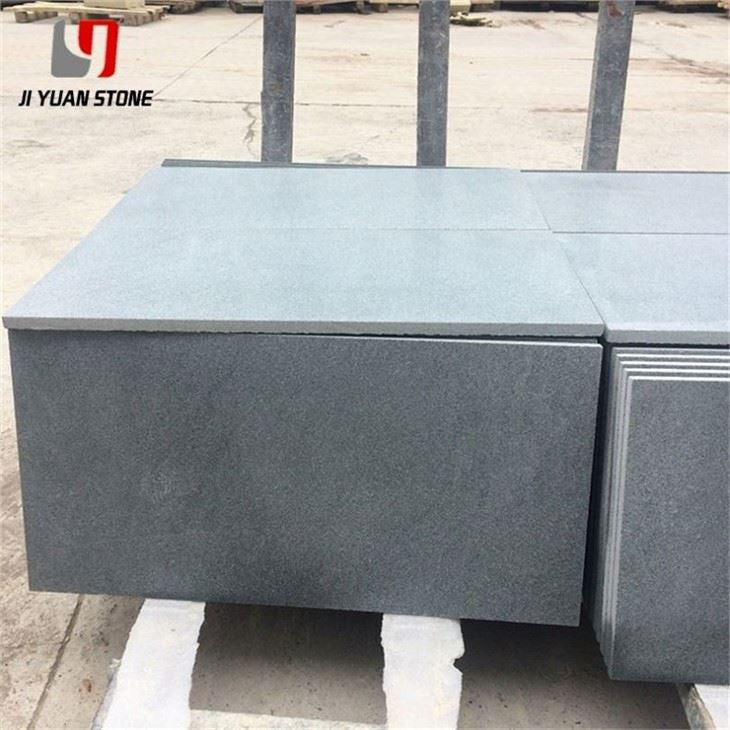Honed Grey Sandstones Slabs
Honed Grey Sandstones Slabs
Expertly cut and polished, our Honed Grey Sandstone Slabs bring a touch of elegance to any space. With a smooth surface and subtle grey tones, these slabs will add a timeless beauty to your project. Made from durable sandstone, they are perfect for high traffic areas and outdoor use.
| Feature | Details |
|---|---|
| Material | Natural Sandstone |
| Surface Finished | Honed, Flamed, Bush-hammered, Nature, Mushroom, Swan etc |
| Finished Products | Floor tiles, Wall cladding, Countertops, Windowsills, Special-shaped tiles, Small slabs, Swimming pool, Steps, Wall panel, Flooring, Veneers, Slabs, Coping tiles, etc |
| Color | Yellow, Black, White, Red,Purple Wood, green,Grey,Rainbow etc |
| Finished | Honed, Split, Sandblasted, Sawn, Antiqued, Pineapple, etc. |
| Quality details |
|
| Usage | For internal & external decoration and construction, Walling or flooring tile. |
| Edgeing | Full Bullnose, Half bullnose, Flat eased (eased edge), Bevel top, Radius Top, Laminated Countertop, Ogee Edge, DuPont, Edge, Beveled or others. |
| Size | Standard (But if you have special requirements, you can consult our CSA.) |
| Surface Finish | Polished, Flamed,Honed, Bush Hammered-sandblast, Chisselled. |
| Package | Fumigation wooden crates;Slab:fumigation wooden bundles |
| Payment | T/T 30% Deposite |
After sediment accumulates, it becomes successively covered by additional layers, entering a new environment isolated from the original medium. Through geological processes such as compaction, cementation, recrystallization, and the recombination of material components, sediment transforms into honed grey sandstone slabs—this process is known as diagenesis.
Diagenesis is the general term for these geological transformations. To date, scientists have identified more than 150 minerals in sediment, though only about twenty are commonly found. Among them, quartz is the most abundant detrital mineral, primarily composed of SiO₂.
In sandstone, quartz makes up an average of 65% of the composition, though in shale, its content ranges from 20–30%. A study analyzing 20,000 quartz particles found that their width-to-length ratio typically falls between 0.61–0.71, with a sphericity of 0.70–0.90. Additionally, the long axis of these particles generally aligns with the crystal’s C-axis.
Pure quartz is traditionally known as honed grey sandstone slab crystal or clear quartz, appearing colorless, transparent, or translucent. However, when impurities are present, quartz can exhibit various colors, including purple and tan.
Share

